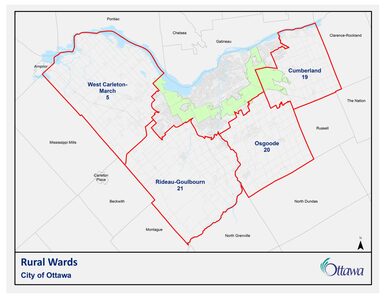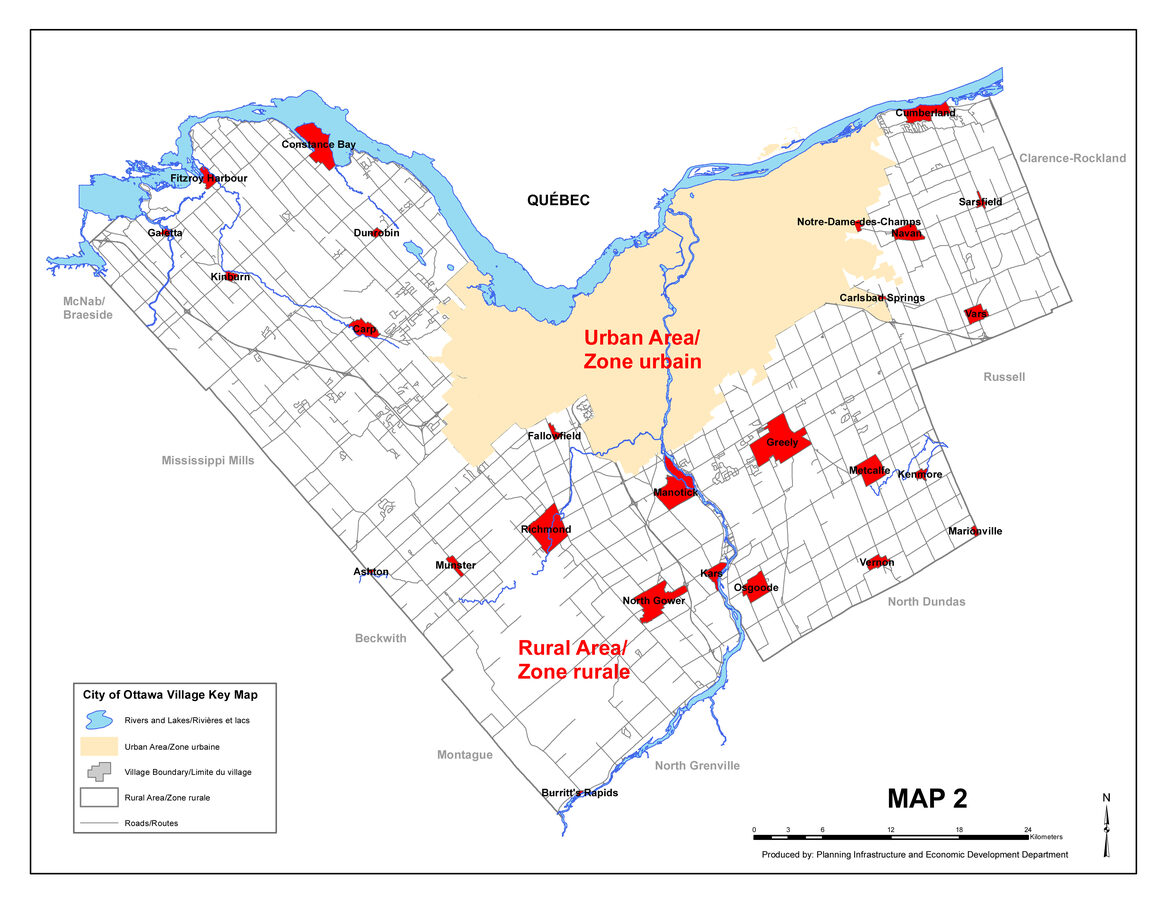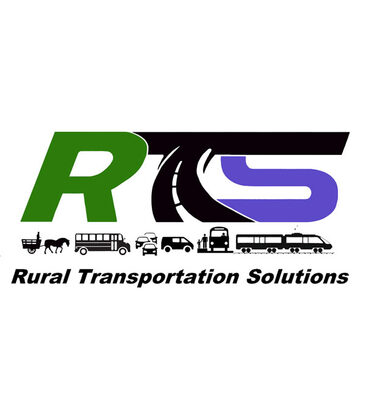- Home
- About
- Survey #3 - March 2023
- Background
- Some Rural Differences
- March 2022 Webinars
- Our Surveys
- Summary of Survey Findings
- Contact
- Newsletters
- Join our eMail List
- Presentations
- Frequently Asked Questions
- RTS Team Corner
- Survey #3 Presentation to ARAC 7 Sep 2023 with Text
- Survey# 3 Slide Presentation to ARAC 7 Sep
Content
Ottawa Rural Snapshot

Source: https://ottawa.ca/en/city-hall/creating-equal-inclusive-and-diverse-city/equity-and-inclusion-lens
Ottawa has one of the largest rural areas of any city in Canada. Almost eighty per cent of the city is made up of rural area, with just under ten per cent (9.8 percent) of Ottawa’s population living in the rural area (Annual Development Report 2015, Rural Residential Land Survey 2013, 2014). Some of us live within villages (41 percent), while the remainder live in isolated communities or on farms (City of Ottawa Planning staff estimate, 2017).
Some of us are established farmers, others are village residents, and some others live in low-income housing developments. For those of us dedicated to agriculture, our lives are closely linked to the agricultural cycles. Our social life, work, interaction with neighbours, and the time and capacity to engage in community initiatives or city activities are largely determined by these cycles. The east end of the city has traditionally had a significant Francophone presence, whereas the west and south ends have been mostly Anglophone.
The character of the rural areas has changed over the past generation from the predominantly agricultural, closely-knit communities to a more diverse group of residents. The amalgamation of the City of Ottawa in 2001 brought changes in the ways that our communities are organized, services are delivered and the land is used. The diversity of our communities is expanding as urban in-migration increases.
There are fewer of us between the ages of 20-29 compared to the average of Ottawa. (Ottawa Neighbourhood Study, 2011). Those of us who are youth often face a lack of local part-time jobs in rural areas; we have to look for opportunities in the urban areas and many face difficulties finding transportation to and from work, school and social activities. Those of us who are new Canadians experience a lack of culturally specific services, and a long commute to access these services. Those of us who are members of the LGBTQ+ community face cultural and social barriers, deal with isolation, and lack services, much more so than those living in the urban area .
Due to the vastness of rural Ottawa, the services available to us vary depending on where we live. Areas may lack some or all basic services such as child care, recreation activities, social services and programs, medical and mental health facilities, public transportation, grocery stores and pharmacies.
Rural Ottawa Villages

Ottawa Rural Villages Population and Demographics
|
Village |
Occupied Dwelling Units |
Population |
Neighbourhood Population |
Demographics Available? |
|
Ashton |
40 |
90 |
| |
|
Burritt's Rapids |
20 |
60 |
|
NO |
|
Carlsbad Springs |
80 |
200 |
|
NO |
|
Carp |
790 |
2,060 |
6,655 | |
|
Constance Bay |
900 |
2,110 |
2,225 | |
|
Cumberland |
620 |
1,730 |
4,210 | |
|
Dunrobin |
110 |
350 |
5,900 | |
|
Fallowfield |
130 |
370 |
|
NO |
|
Fitzroy Harbour |
250 |
580 |
3,232 | |
|
Galetta |
60 |
120 |
|
NO |
|
Greely |
2,420 |
7,360 |
9,840 | |
|
Kars |
270 |
780 |
| |
|
Kenmore |
110 |
320 |
|
NO |
|
Kinburn |
100 |
250 |
1,965 | |
|
Manotick |
2,560 |
6,710 |
9, 115 | |
|
Marionville |
20 |
40 |
|
NO |
|
Metcalfe |
770 |
2,260 |
5,225 | |
|
Munster |
440 |
1,270 |
3,605 | |
|
Navan |
510 |
1,510 |
4,145 | |
|
North Gower |
680 |
1,960 |
5,250 | |
|
Notre-D des Champs |
160 |
480 |
|
NO |
|
Osgoode |
1,040 |
2,760 |
5,360 | |
|
Richmond |
2,320 |
6,580 |
7,535 | |
|
Sarsfield |
180 |
450 |
| |
|
Vars |
440 |
1,250 |
2,540 | |
|
Vernon |
230 |
600 |
5,360 |
Notes
- Effective Year-End 2021.
- Total Ottawa Rural Population: 99,300
- Most Demographics/Community Profiles can be found at: https://www.neighbourhoodstudy.ca/explore-neighbourhoods-through-profiles/
Ottawa's Equity and Inclusion Rural Lens
The following is extracted from the City of Ottawa document: https://ottawa.ca/en/city-hall/creating-equal-inclusive-and-diverse-city/equity-and-inclusion-lens
DISTANCES
In rural areas, distance plays a big role in people’s lives. Since amalgamation, there have been changes in the destinations for rural Ottawa residents, as in the past, rural villages were service hubs for the surrounding countryside. Today with fewer services and less retail in the villages, residents travel further to areas of urban growth. In addition, the further away people are from the urban core, the closer their links are to neighbouring townships outside city boundaries. In some cases, people’s postal codes may be linked to the next township, even though they live inside the City of Ottawa. Yet, most public services are offered to them through the City of Ottawa, not the surrounding townships. This can leave rural residents feeling frustrated. What is usually a personal choice, to live in a rural area, affects lifestyle with the greater distance to shopping, work and commuting. Even with new grocery stores in some communities, many people living in rural Ottawa have to travel a distance to access a grocery store. Youth often lack part-time jobs in their local areas and need to look for opportunities in urban areas. Many parents work in the urban core and due to the commute and may arrive home too late to drive their children to opportunities offered in the urban core.
TRANSPORTATION
Most people rely primarily on cars for transportation, and many people commute into Ottawa by car. Where public transit is available in rural areas, routes and stops are limited, and service is less frequent. Para Transpo costs more for people living in rural areas. OC Transpo offers a free “rural shoppers bus” for rural villages that do not have regular OC Transpo service. This allows individuals the ability to travel into the suburban areas to shop and attend appointments. In addition, the City of Ottawa, Transportation Services, funds non-profit organizations to provide rural transportation services through their community support programs. These include the Western Ottawa Community Resource Centre (WOCRC), Eastern Ottawa Resource Centre (EORC) and Rural Ottawa South Support Services (ROSSS) . City Council approved the taxicab and limousine regulation and service review that went into effect September 2016. This review has increased the service map of taxicabs to include all of rural Ottawa. In addition, a new ride-sharing category, Private Transportation Companies (PTC), has been created. For those that can afford the fees, this new category will provide another transportation option to rural residents.
